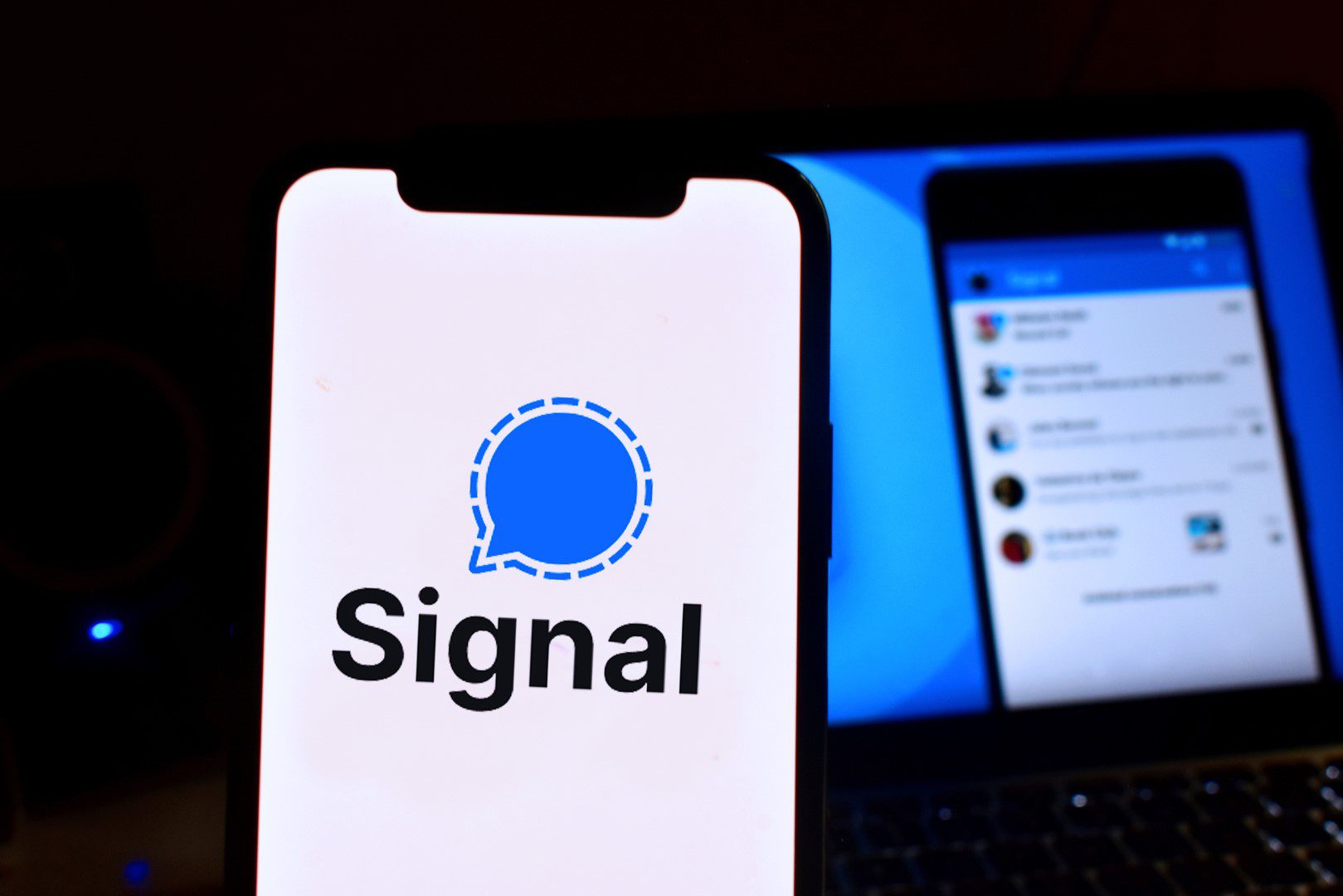Android 15, the latest version of Google’s mobile operating system, has added support for Wi-Fi Ranging, a positioning technology that promises More accurate indoor tracking and navigation: less than one meter.
GPS navigation in indoor spaces such as shopping malls is highly inaccurate. And it makes sense that the location of the devices we use depends on the signals from multiple satellites that orbit our planet and are affected by ceilings and walls. There are more efficient methods, like the one we’ll see today, that will be implemented in future generations of smartphones.
Wi-Fi range, better indoor navigation
When Wi-Fi was created, there was no standard protocol for location tracking based on this wireless standard, which eventually became one of the fundamental standards in the world’s technology, and its latest version, Wi-Fi 7, is in the phase of full deployment.
However, it was still possible to determine the approximate location of the device measurement of received signal strength (RSS)i.e. Wi-Fi signal strength from different access points (AP). However, position tracking based on signal strength only offered an accuracy of 10 to 15 m at best, making it unsuitable for accurate indoor navigation.

Finally, in March 2023, the responsible organization introduced the Wi-Fi range to improve this capacity definitively. Known as the IEEE 802.11az protocol, it has the potential to completely replace indoor GPS tracking and has advantages over other technologies such as the ultra-wideband (UWB) radio technology used by Apple devices or Bluetooth 6, which will enable accurate distance tracking with the Sound channel.
Wi-Fi-based positioning offers superior link capacity, has a large radio spectrum available to meet ever-increasing demand, is compatible with previous Wi-Fi generations, is scalable to a large number of clients, adapts to traffic conditions, is robust to multiple paths through MIMO and is ultimately safe and cost-effective.
It must be said that it is slightly less accurate than polling UWB and Bluetooth channels, but has better range that both, which, along with the rest of the benefits, is more than compensated for. Android 15, the latest version of Google’s system, already supports Wi-Fi Ranging, although we will have to wait to use it, since it will need a chip with specific support. It is expected to be available in the next generation of Android phones in 2025.














